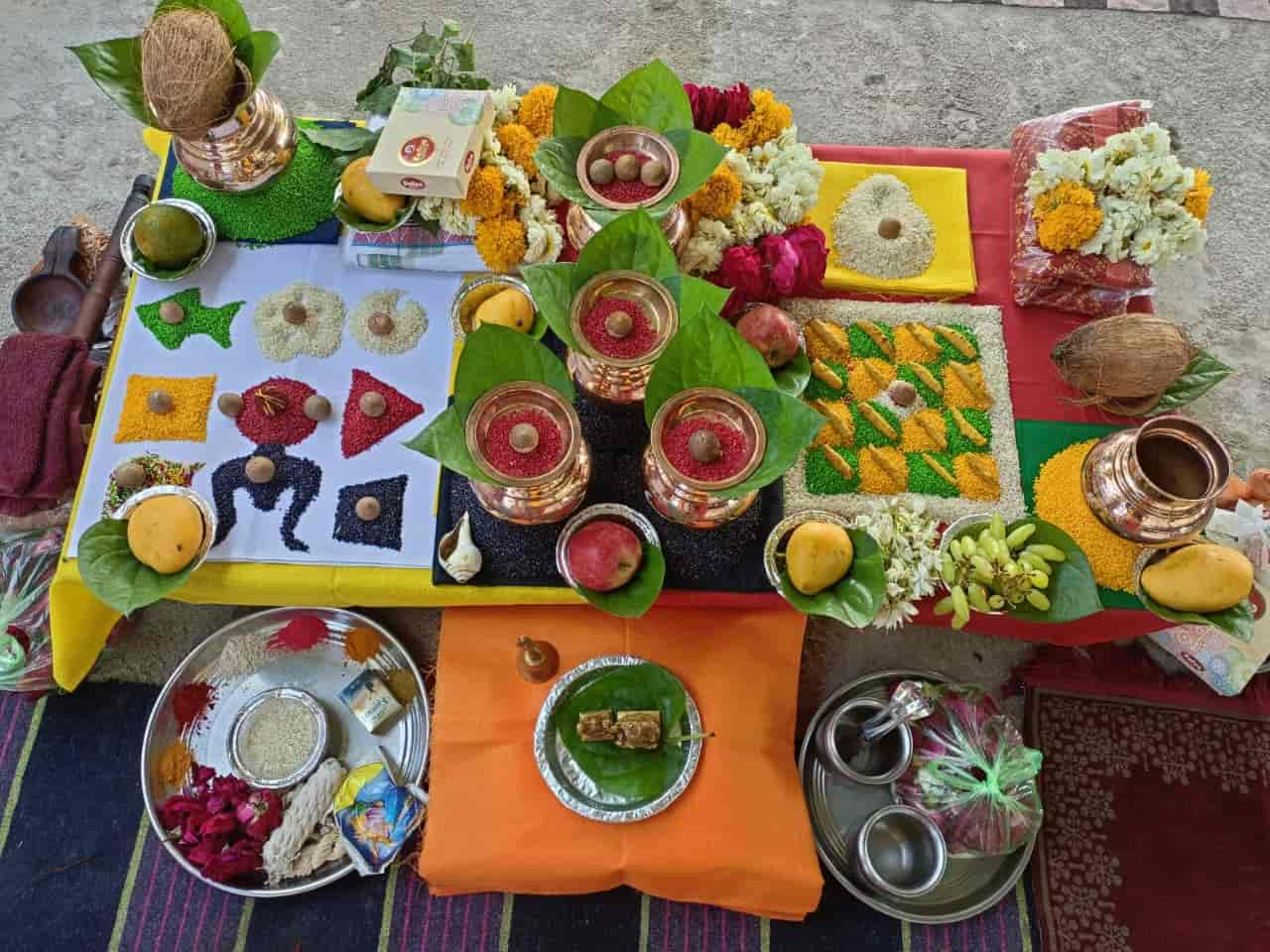Kaal Sarp Dosh is an astrological condition in Vedic astrology where all seven planets (Sun, Moon, Mars, Mercury, Jupiter, Venus, Saturn) are placed between Rahu and Ketu in a birth chart, creating a “serpent-like” grip. This dosh is believed to cause challenges like financial instability, health issues, marital discord, career obstacles, and unexplained fears.
The Kaal Sarp Dosh Nivaran Puja at Trimbakeshwar, Nashik, Maharashtra, is a powerful Vedic ritual to neutralize these malefic effects, invoking Lord Shiva’s blessings at one of the 12 Jyotirlingas.
Why Trimbakeshwar?
-
Spiritual Significance: Trimbakeshwar, located at the origin of the Godavari River, is the only place where this puja is believed to yield maximum efficacy due to its divine energy.
-
Purpose: Mitigates the 12 types of Kaal Sarp Dosh (e.g., Anant, Kulik, Vasuki, Sheshnag) to bring prosperity, health, and harmony.
-
Who Should Perform: Those with Kaal Sarp Dosh in their Kundali, facing symptoms like recurring failures, snake dreams, or persistent anxiety.
Puja Procedure
The puja is a 2–3-hour ritual (or full day for extensive versions) performed by Tamprapatra Brahmin pandits on an auspicious muhurat. Steps include:
-
Kalash Sthapana: Holy Godavari water is placed in a pot and worshipped.
-
Ganesh Pujan and Navgraha Invocation: Worship of Lord Ganesha and nine planets to remove obstacles.
-
Naag Suktam and Mantra Japa: Recitation of Naag Suktam and chanting of Rahu (2100 times) and Ketu mantras.
-
Abhishek and Homa: Anointing of Shivlinga and Rahu-Ketu Yantras with milk, honey, and herbs; fire ritual with ghee and coconuts.
-
Purnahuti and Aarti: Final offerings, followed by Shiv Aarti and prasad distribution.
-
Dispersion Ritual: Release of Naag-Naagin idols into the Godavari, symbolizing freedom from dosh.
-
Rudrabhishek: Concluding worship of Lord Shiva.
Participants: Individual, family, or proxy (e.g., parents for children). Pregnant women should avoid participation.
Auspicious Dates (Muhurat) for 2025
Based on lunar tithis (as of October 16, 2025):
-
October 2025: October 18–20, October 27–29.
-
November 2025: November 5–7, November 14–16.
-
December 2025: December 2–4, December 11–13.
-
Best Period: Nag Panchami (July/August 2026). Confirm timings with pandits.
Cost and Booking
-
Group Puja (Outside Temple): ₹1,100–₹2,100 per person.
-
Inside Temple: ₹2,500–₹5,100 (includes Rahu-Ketu Jaap).
-
Premium/Private: ₹5,000+ (silver idols, extended rituals).
-
Booking: Contact pandits or temple counter 7–15 days in advance. Provide birth details for Kundali analysis. ID proof required.
Overview
Business Hours
| Open | Close | ||
|---|---|---|---|
| Monday | Open (24 Hours) | ||
| Tuesday | Open (24 Hours) | ||
| Wednesday | Open Today (24 Hours) | ||
| Thursday | Open (24 Hours) | ||
| Friday | Open (24 Hours) | ||
| Saturday | Open (24 Hours) | ||
| Sunday | Open (24 Hours) | ||






